Total Branding Thinking
TBT
In order to maximize brand value,
it's essential to employ a trinity of forces:
"Customer-Centricity, Multifaceted Solutions, and Brand Consistency."
For companies struggling with branding, Total Branding Thinking (TBT) offers innovative solutions. TBT aims to maximize brand value and focuses on problem-solving from a customer-centric viewpoint, with design thinking at its core. This approach goes beyond a mere branding strategy to form a multifaceted strategy that delves deep into the customers' essential needs.
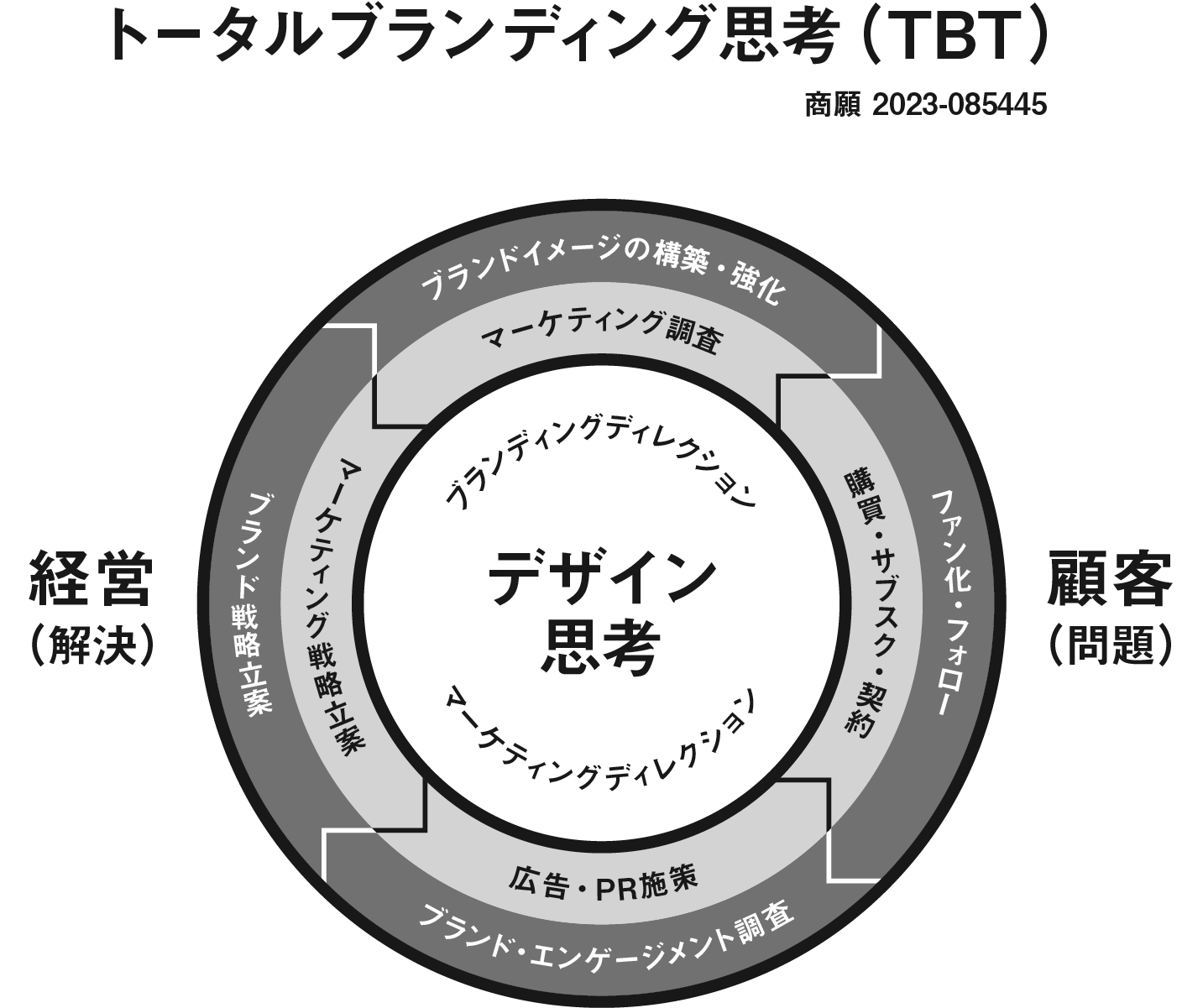
What is Total Branding Thinking (TBT)?
The aim of this thinking is to "maximize brand value." For this purpose, it employs design thinking as its core, capturing all business issues from a customer's perspective, and provides total direction while overlooking both the management and customer sides from the dual axes of branding and marketing.
The term is a portmanteau of "Design Thinking" and "Total Branding," called "Total Branding Thinking (TBT)." The difference between Total Branding and Total Branding Thinking is as follows: Total Branding primarily involves thinking comprehensively about the overall brand strategy and execution, aiming for uniformity and consistency. Specifically, it aims to consistently deploy the brand's value, vision, mission, positioning, target audience, and corporate identity (message) as well as visual identity (logos, colors, fonts, etc.).
On the other hand, Total Branding Thinking (TBT) employs the multifaceted perspectives and the power of empathy in design thinking to delve deep into customer needs. This allows for solving essential customer problems, not just maintaining strategic consistency. The core design thinking in this approach functions as a leader in projects, proposing optimal solutions rooted in customer perspectives to the management side.
TBT undergoes changes by looping through the following process.
Research (1)
↓
Strategy Formulation (2)
↓
Implementation of Measures (3)
↓
Feedback (4)
↓
(Research)
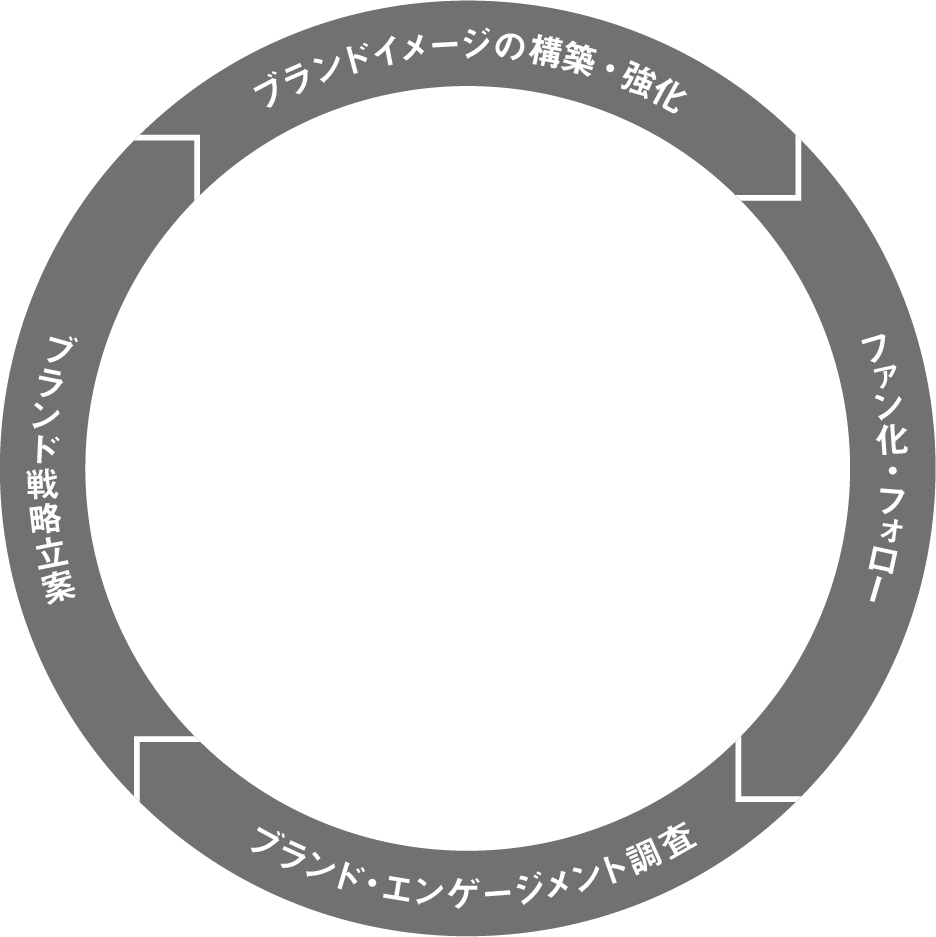
[Branding Axis]Brand Engagement Research (1)
Brand Strategy Formulation (2)
Building & Strengthening Brand Image (3)
Fandom & Following (4)
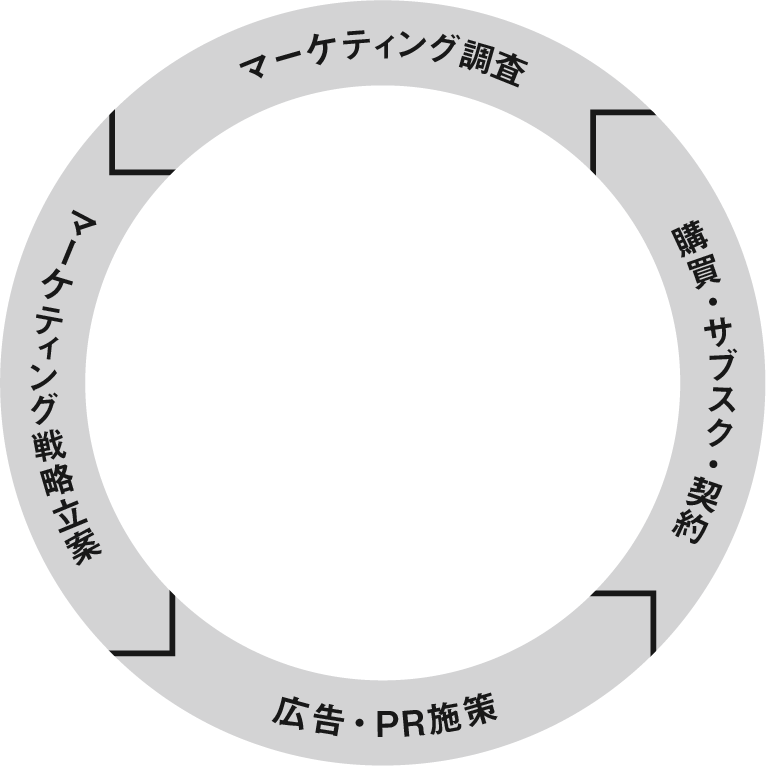
[Marketing Axis]Marketing Research (1)
Marketing Strategy Formulation (2)
Advertising & PR Measures (3)
Purchase, Subscription, Contract (4)
While both are "looping" processes, and one might get the impression that they are similar to PDCA (Plan, Do, Check, Act), a clear distinction lies in their scope of application. While PDCA is used for quality control across a wide range of industries and situations, TBT focuses on comprehensively overseeing specific projects or market conditions from a branding perspective.
Three Features of Total Branding Thinking (TBT):
Customer-Centricity, Multifaceted Solutions, Brand Consistency
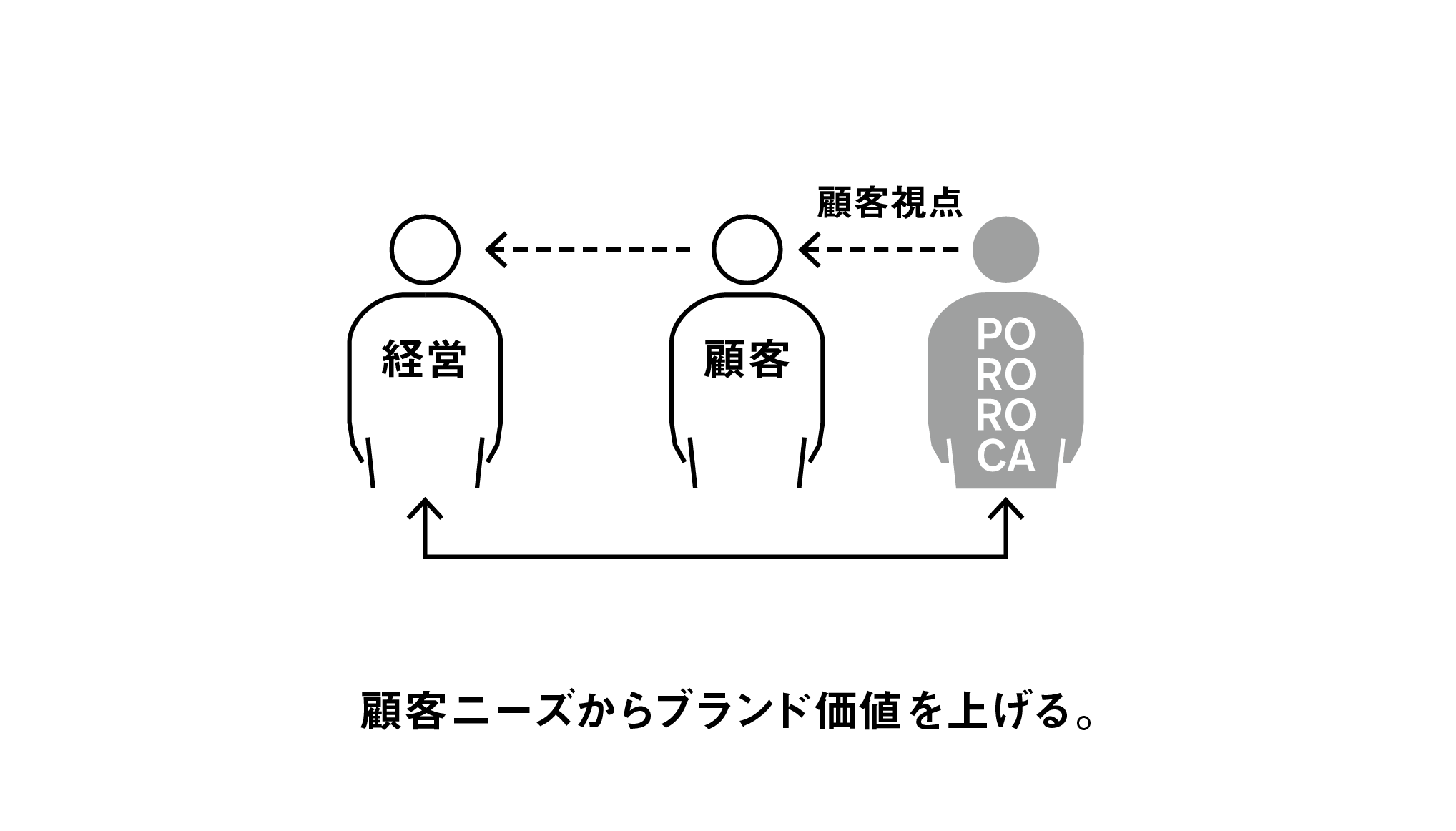
[Feature 1]Strategy Formulation from Customer Needs
Rather than imposing PR or brand initiatives based on unilateral needs assumed by the management side, strategies are formulated by incorporating customer feedback.
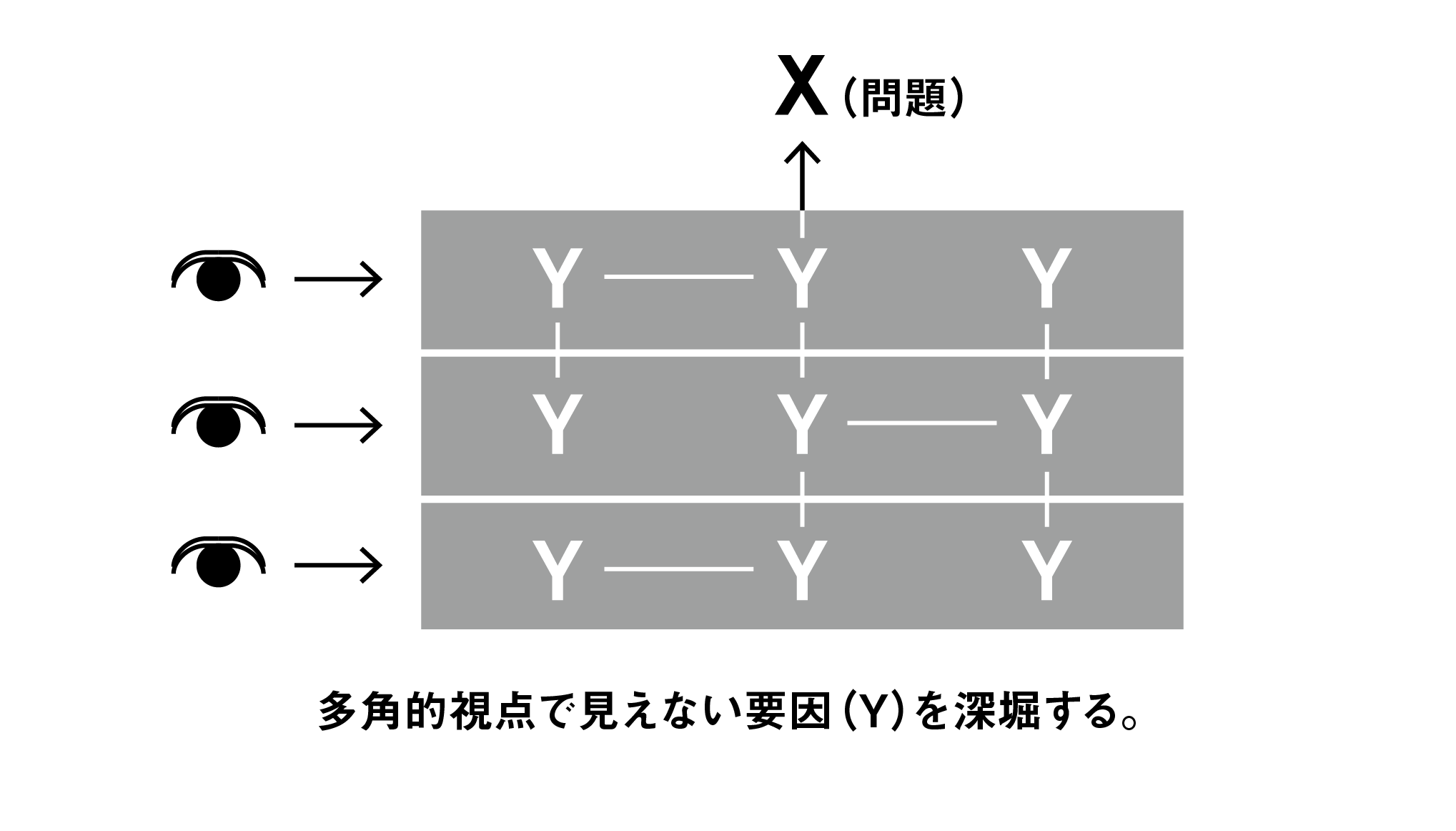
[Feature 2]Solving Brand Issues Through Multifaceted Ideas
Using the multifaceted perspective of design thinking, various solutions are generated to address the root causes of problems customers face. As a result, the quality of ideas improves, allowing for the best solutions to be proposed to the management side. Issues such as poor performance or low brand awareness are analyzed to determine the root causes.
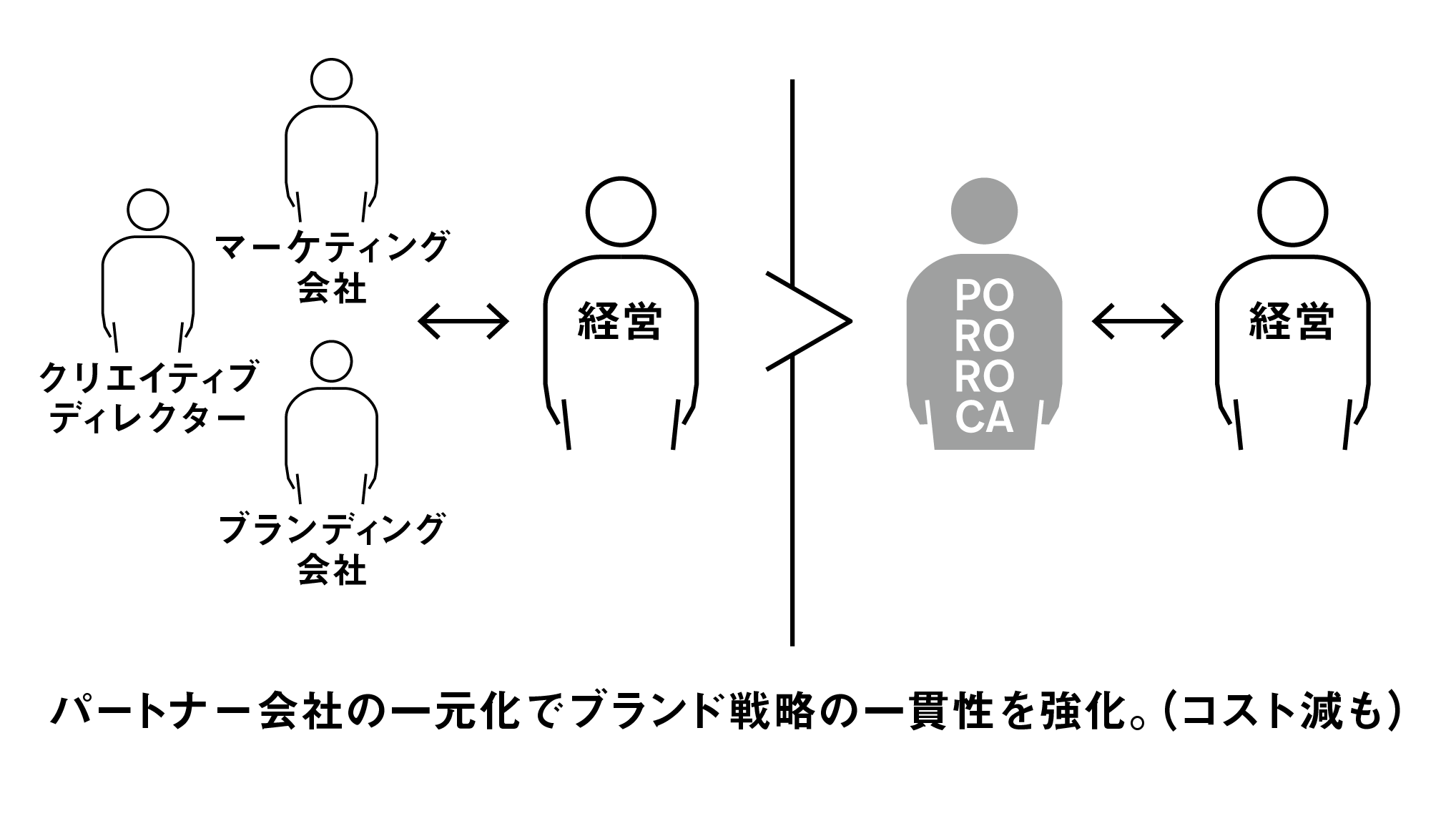
[Feature 3]Strengthening Brand Image Consistency
One of the biggest features of TBT is the total direction of both branding and marketing. While these two often run in parallel, they progress with separate functions. Branding mainly aims for awareness, and marketing focuses on promotion. Both often face challenges due to having different channels and responsible parties, leading to inconsistencies in brand image or even brand damage. In contrast, TBT allows for the strengthening of brand information consistency across diverse initiatives and channels.
Total Branding Thinking (TBT)
Summary
- WHY: To increase brand value.
- WHOM: Partnering with stakeholders such as business owners, public relations, and brand managers.
- HOW: Utilizing customer-centric design thinking.
- WHAT: Providing creative direction from both the branding and marketing axes.
